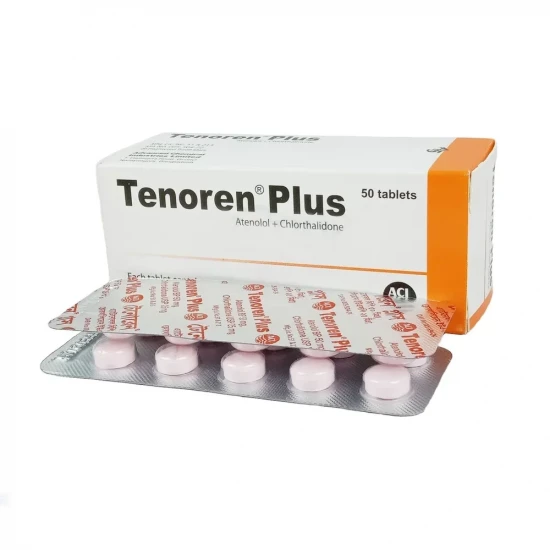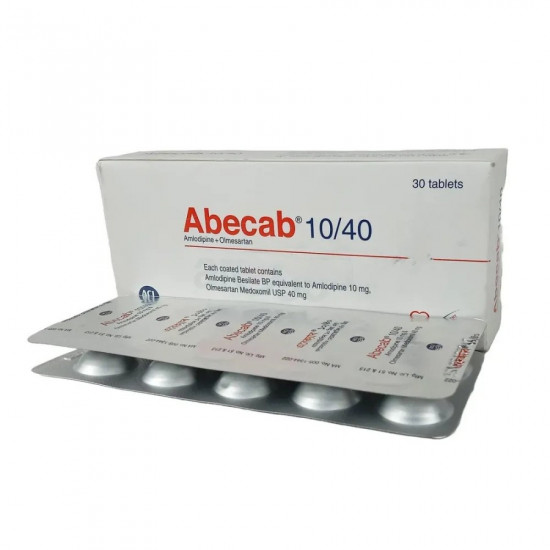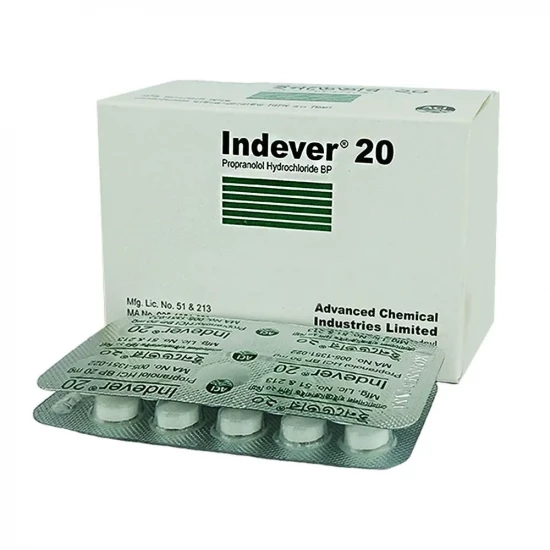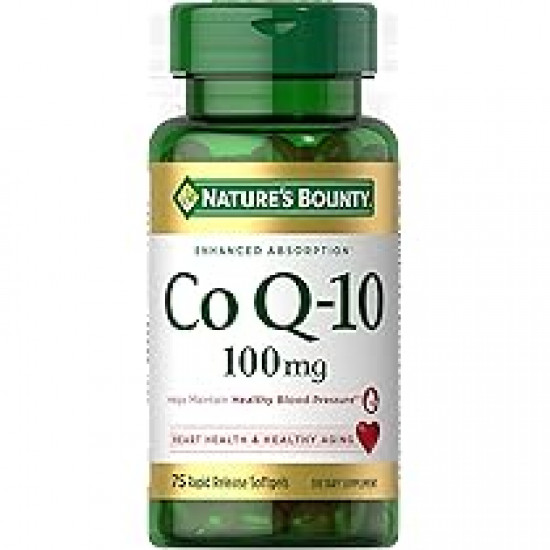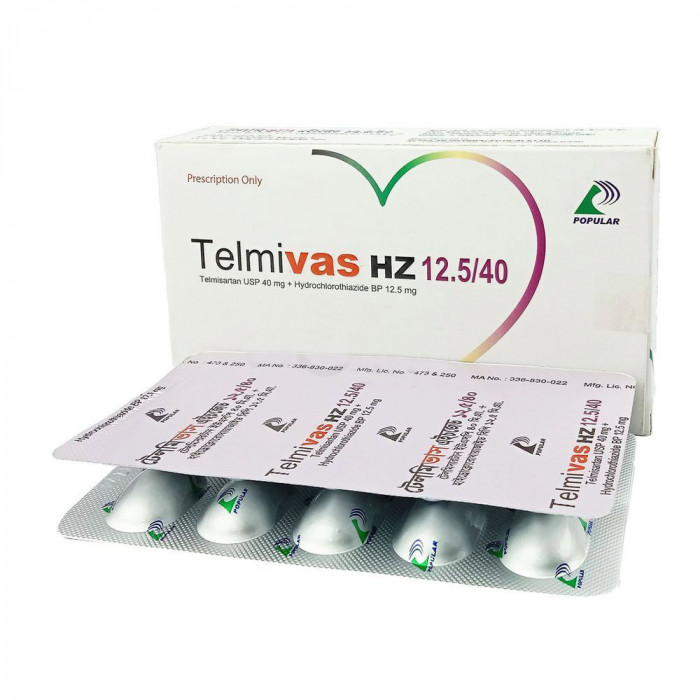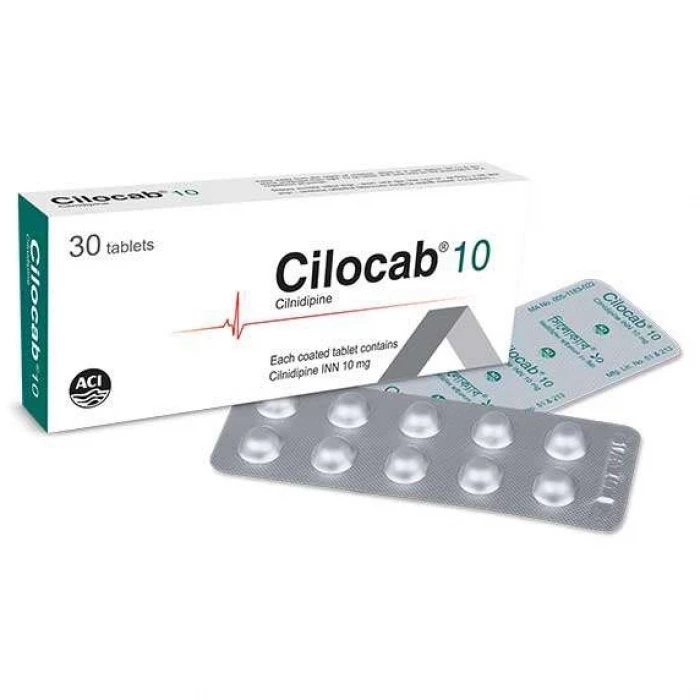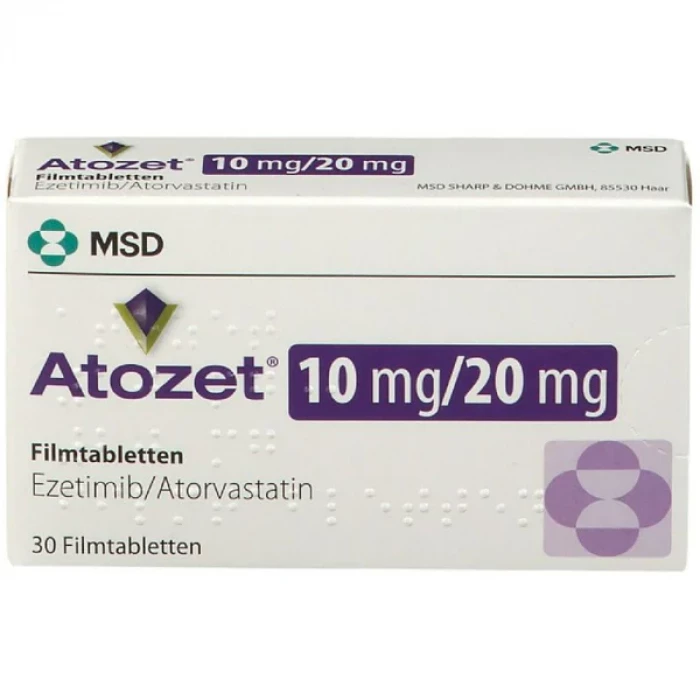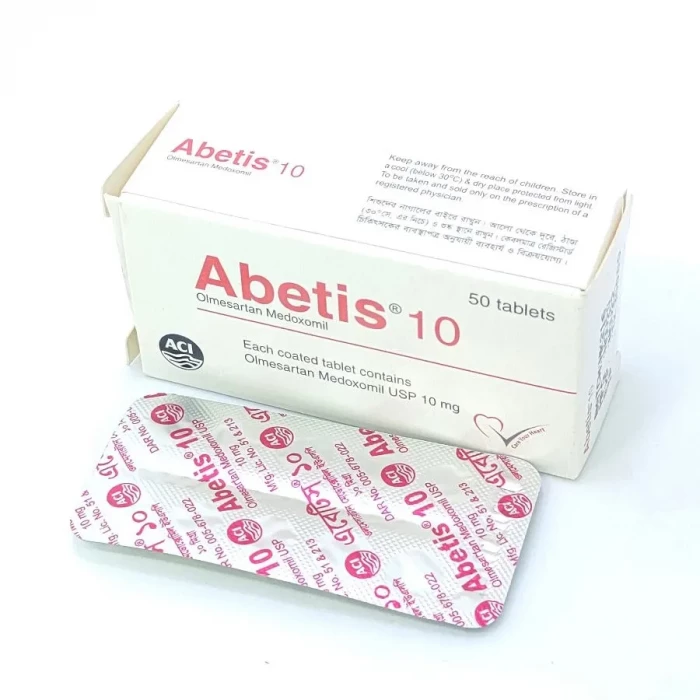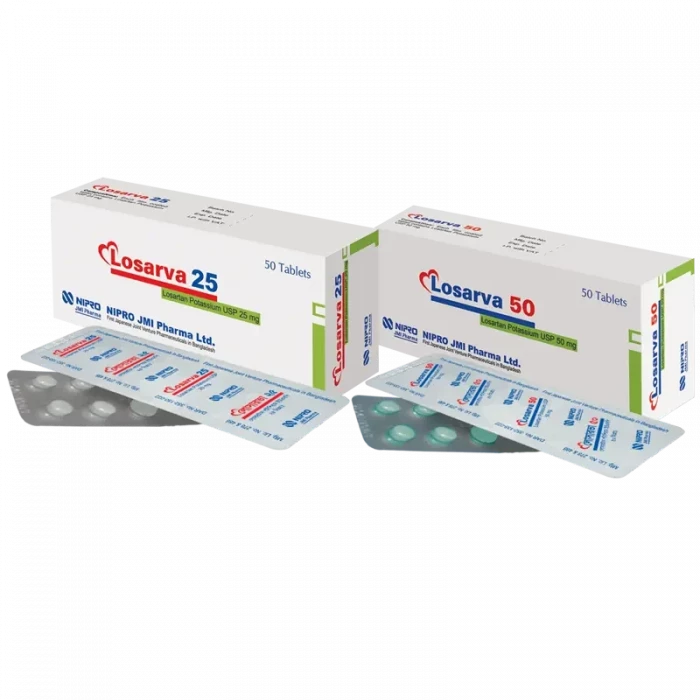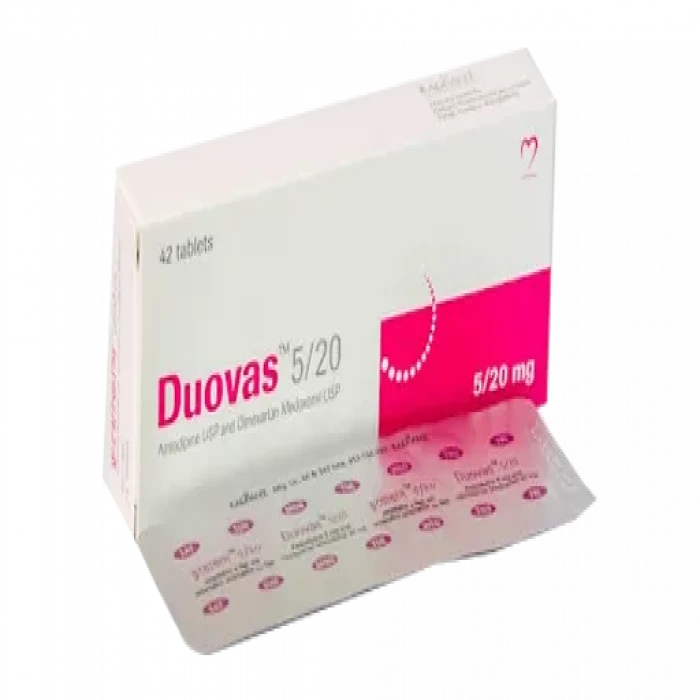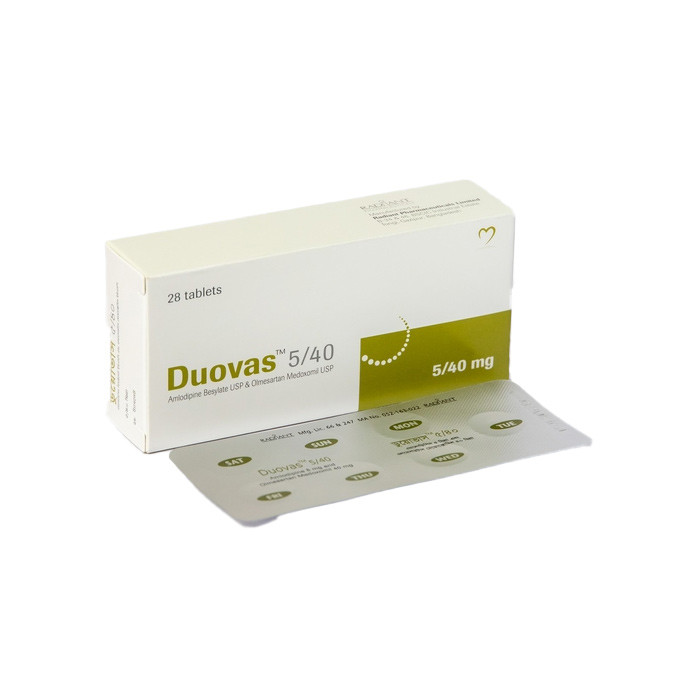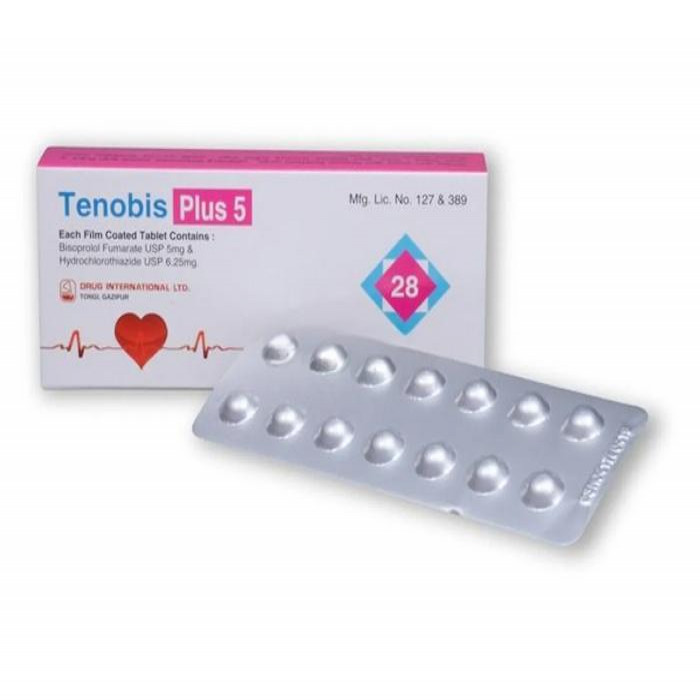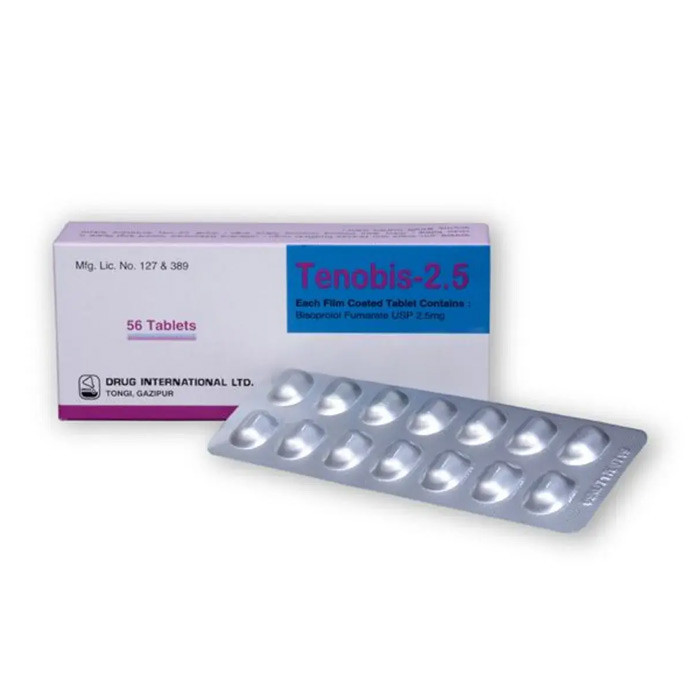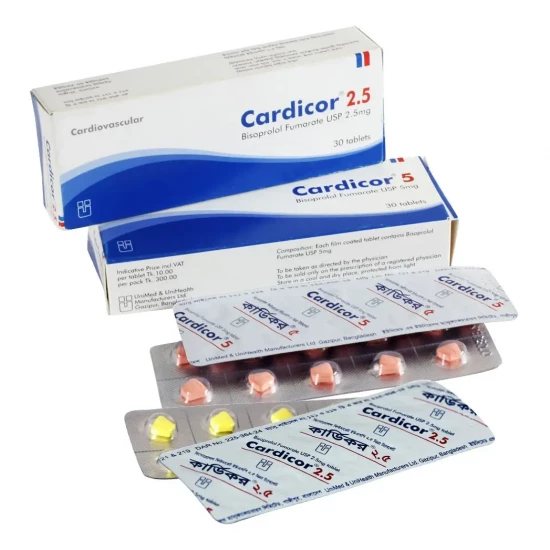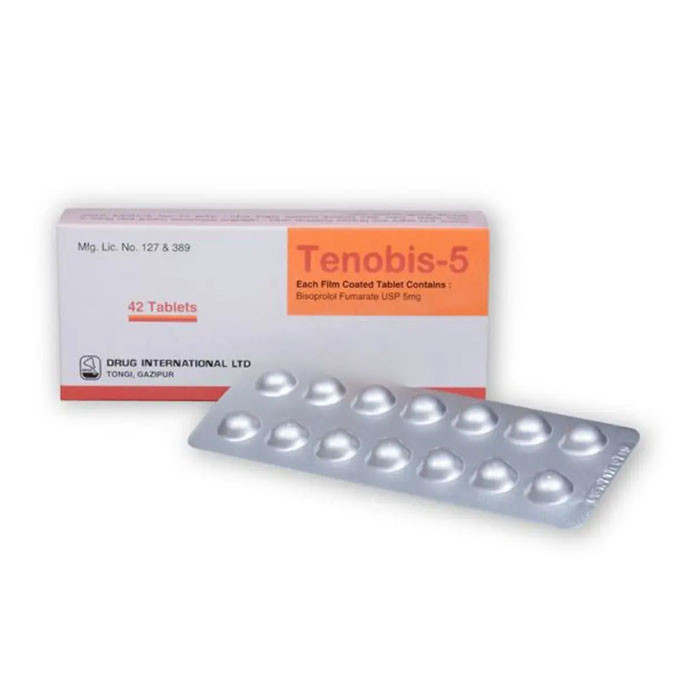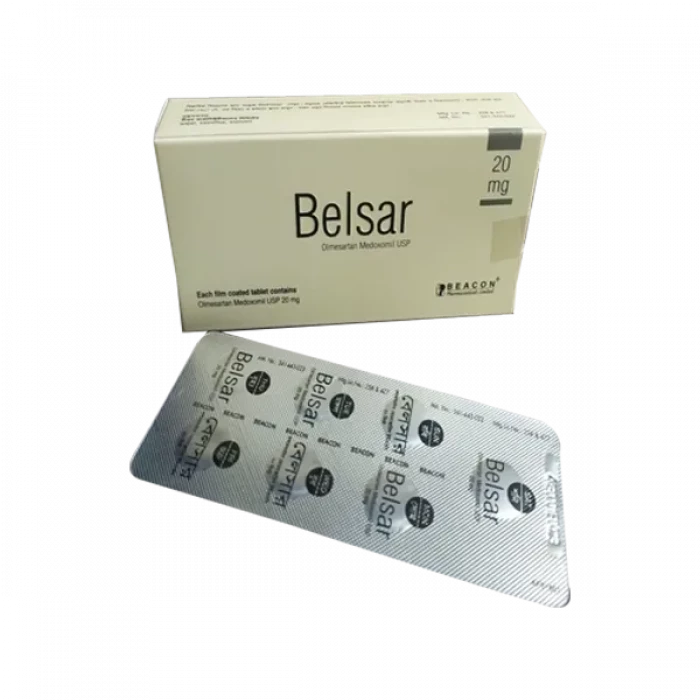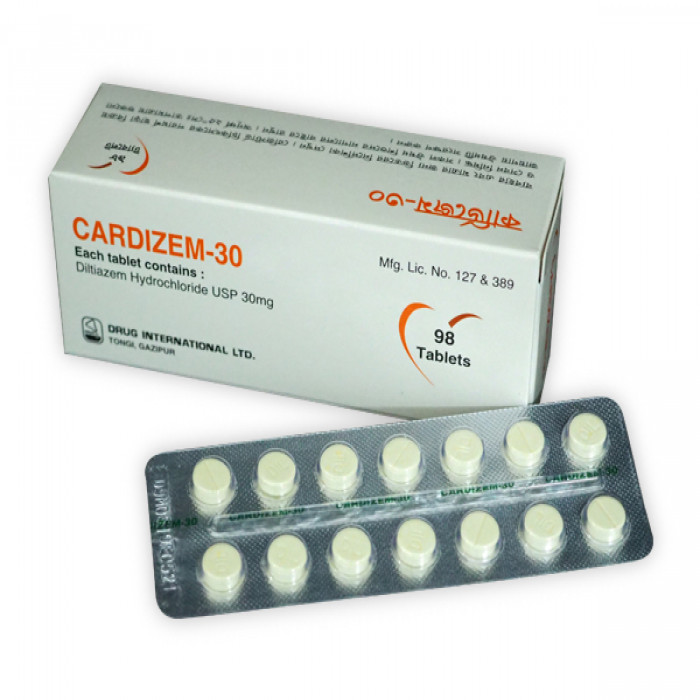
✔ 100% Authentic Product
👁️ Currently Viewing 1825
Cardizem 30mg (14pcs)
Generic name: Diltiazem Hydrochloride 30mg
Discount
Price: ৳ 40
MRP:
৳
42.7
6%
Off

100% Genuine Products, Guaranteed

Safe & Secure Payments, Always

Fast, Secure & Efficient Delivery

Proper Packaging
 Cash on Delivery - All over Bangladesh
Cash on Delivery - All over Bangladesh Regular Delivery - 12-24 Hours, Dhaka City* Charge Tk.39-59
Regular Delivery - 12-24 Hours, Dhaka City* Charge Tk.39-59 Regular Delivery - 24-48 Hours, Other Cities* Charge Tk.99-110
Regular Delivery - 24-48 Hours, Other Cities* Charge Tk.99-110
 ফ্রি ডেলিভারিঃ - ৯৯৯ টাকা+ অর্ডারে, ঢাকা
শহরে
ফ্রি ডেলিভারিঃ - ৯৯৯ টাকা+ অর্ডারে, ঢাকা
শহরে ফ্রি ডেলিভারিঃ - ২৯৯৯ টাকা+ অর্ডারে, ঢাকার
বাহিরে
ফ্রি ডেলিভারিঃ - ২৯৯৯ টাকা+ অর্ডারে, ঢাকার
বাহিরে
100% Genuine Products, Guaranteed
Safe & Secure Payments, Always
Fast, Secure & Efficient Delivery
Proper Packaging
 Cash on Delivery - All over Bangladesh
Cash on Delivery - All over Bangladesh Regular Delivery - 12-24 Hours, Dhaka City* Charge Tk.39-59
Regular Delivery - 12-24 Hours, Dhaka City* Charge Tk.39-59 Regular Delivery - 24-48 Hours, Other Cities* Charge Tk.99-110
Regular Delivery - 24-48 Hours, Other Cities* Charge Tk.99-110 ফ্রি ডেলিভারিঃ - ৯৯৯ টাকা+ অর্ডারে, ঢাকা
শহরে
ফ্রি ডেলিভারিঃ - ৯৯৯ টাকা+ অর্ডারে, ঢাকা
শহরে ফ্রি ডেলিভারিঃ - ২৯৯৯ টাকা+ অর্ডারে, ঢাকার
বাহিরে
ফ্রি ডেলিভারিঃ - ২৯৯৯ টাকা+ অর্ডারে, ঢাকার
বাহিরে
✅ Description:
Indications
Diltiazem is indicated in the prophylaxis and treatment of angina pectoris. It is used in the management of classical and vasospastic angina pectoris. It has also been used in the treatment of essential hypertension. It is used for prophylaxis of some selected supraventricular tachyarrhythmias.
Therapeutic Class
Calcium-channel blockers
Pharmacology
Diltiazem hydrochloride is a calcium channel antagonist. It is a peripheral and coronary vasodilator with some negative inotropic activity. Diltiazem inhibits cardiac conduction particularly at the sino-atrial and atrioventricular nodes. Diltiazem has the following actions:
Antianginal: A direct dilatation of coronary arteries and arterioles proved oxygen supply to myocardial tissues. In addition dilatation of the peripheral vasculature reduces systemic pressure of cardiac “after load” which results in lessened stress and reduced oxygen requirements of the myocardial tissues.
Antiarrhythmic: The inhibited influx of calcium ions in cardiac tissues result in slowed electrophysiological activity through the S-A and A-V nodes without affecting accessory bypass conduction or altering normal atrial action potential or intraventricular conduction.
Antihypertensive: Reduces peripheral vascular resistance as a result of vasodilatation.
Dosage & Administration
Hypertension: Dosage needs to be adjusted by titration to individual patient needs. When used as monotherapy, usual starting doses are 120 to 240 mg once daily. Maximum antihypertensive effect is usually observed by 14 days of chronic therapy; therefore, dosage adjustments should be scheduled accordingly. The usual dosage range studied in clinical trials was 120 to 540 mg once daily. Current clinical experience with 540 mg dose is limited; however, the dose may be increased to 540 mg once daily.
Angina: Dosages for the treatment of angina should be adjusted to each patient’s needs, starting with a dose of 120 mg to 180 mg once daily. Individual patients may respond to higher doses of up to 540 mg once daily. When necessary, titration should be carried out over 7 to 14 days.
Interaction
Diltiazem Hydrochloride should be carefully administered in case of concomitant use with the following drugs.
- Anti-hypertensive agents : effects of anti-hypertensive agents are enhanced
- Propranolol : concentration of propranolol may be increased
- Carbamazepine : plasma level of Carbamazepine may be increased and it may cause Carbamazepine induced toxic symptoms such as sleepiness, nausea, vomiting, vertigo etc.
- Digoxin preparations : plasma level of Digoxin is increased
- Cyclosporin : may increase serum cyclosporin concentration by 75% or more.
Contraindications
Diltiazem Hydrochloride is contraindicated in pregnant women or those of child bearing potential, patients with Sick Sinus syndromes, patients with second or third degree AV block, patients with severe bradycardia and patients who demonstrated hypersensitivity to the drug.
Side Effects
Diltiazem Hydrochloride produces few side effects and these are usually mild. Oedema, nausea, headache, finger swelling, skin rash, dizziness and asthenia have been reported. Other adverse effects include bradycardia, AV block, hypotension, gastrointestinal symptom, hyperactivity with associated psychiatric symptoms and mild elevation of liver function tests.
Pregnancy & Lactation
Pregnancy: There are no adequate and controlled studies to date with diltiazem in pregnant women, and the drug should be used during pregnancy only when the potential benefits justify the possible risk to the fetus.
Lactation: Because diltiazem is distributed into milk, women receiving the drug should not breastfeed their infants; an alternative method of infant feeding should be used if diltiazem therapy is considered necessary in nursing women.
Precautions & Warnings
Patients with mild bradycardia or a prolonged PR interval should be observed closely. Diltiazem does not have a significant myocardial depressant effect and is well tolerated in patients with poor left ventricular function. The drug should be used with caution in patients with impaired hepatic or renal function.
Use in Special Populations
Elderly and patients with impaired hepatic or renal function: The recommended starting dose is 60 mg twice daily. The heart rate should be measured regularly in these groups of patients and the dose should not be increased if the heart rate falls below 50 beats per minute.
Children: Not recommended.
Overdose Effects
Symptoms: Hypotension, bradycardia, heart block, heart failure, impaired conduction, ECG changes, arrhythmias, shock, altered mental status, cardiac arrest.
Management: Symptomatic and supportive treatment. Gastric lavage and admin of activated charcoal may be initiated. Maintain appropriate ventilation. Charcoal hemoperfusion may be useful. Hypotension may be treated with fluids and vasopressor agents. Bradycardia, 2nd- or 3rd-degree AV block may be treated with IV atropine sulfate.
Reconstitution
Dilute with appropriate solution either dextrose 5% in water, normal saline, dextrose 5% in water with NaCl 0.45% to achieve desired vol of concentration.
Storage Conditions
Tablet/ capsule: Store at 25°C. Protect from light.
Solution for injection: Store between 2-8°C. Do not freeze.
⚠️Disclaimer:
At ePharma, we’re committed to providing accurate and accessible health information. However, all content is intended for informational purposes only and should not replace medical advice from a qualified physician. Please consult your healthcare provider for personalized guidance. We aim to support, not substitute, the doctor-patient relationship.





